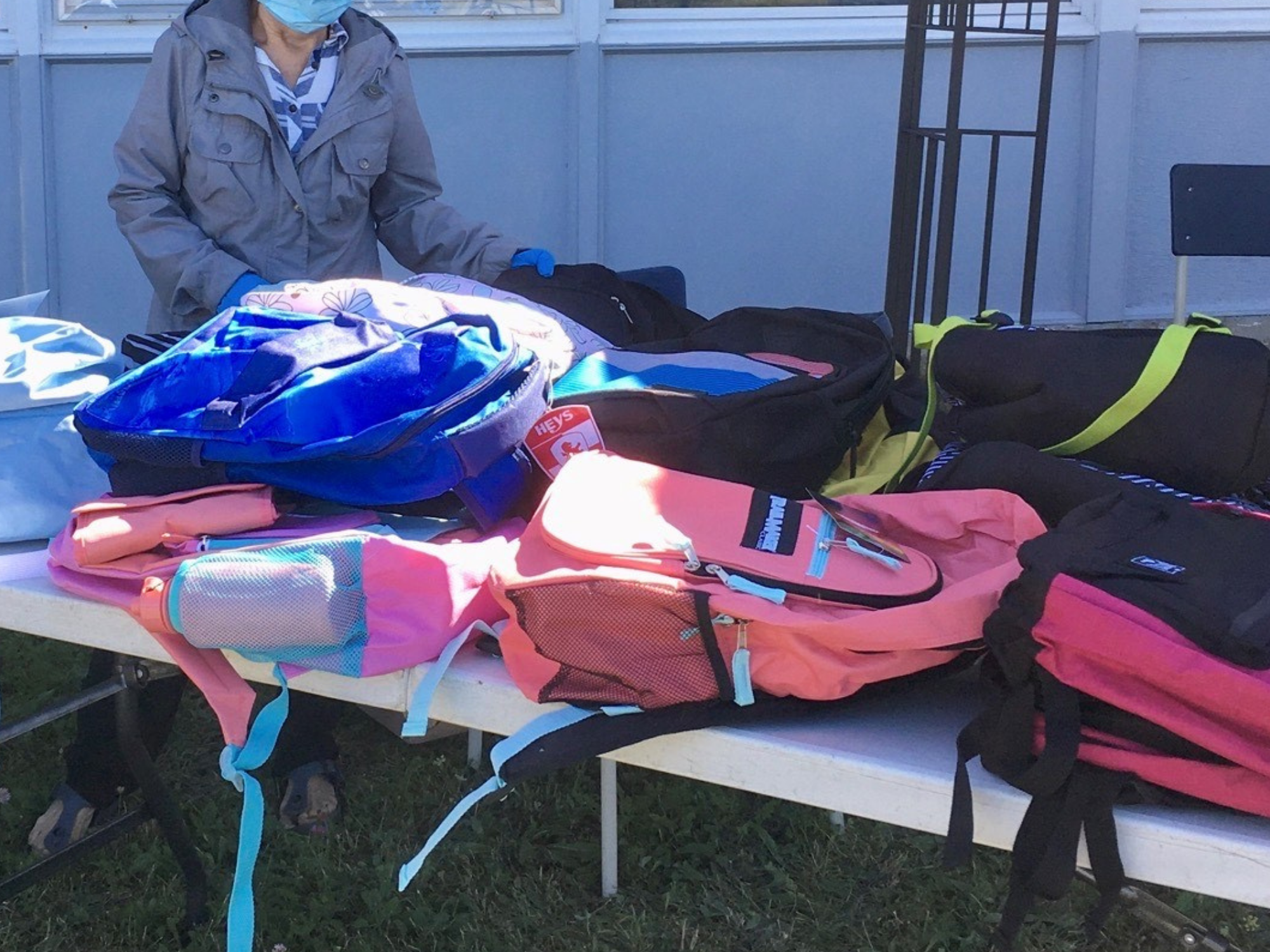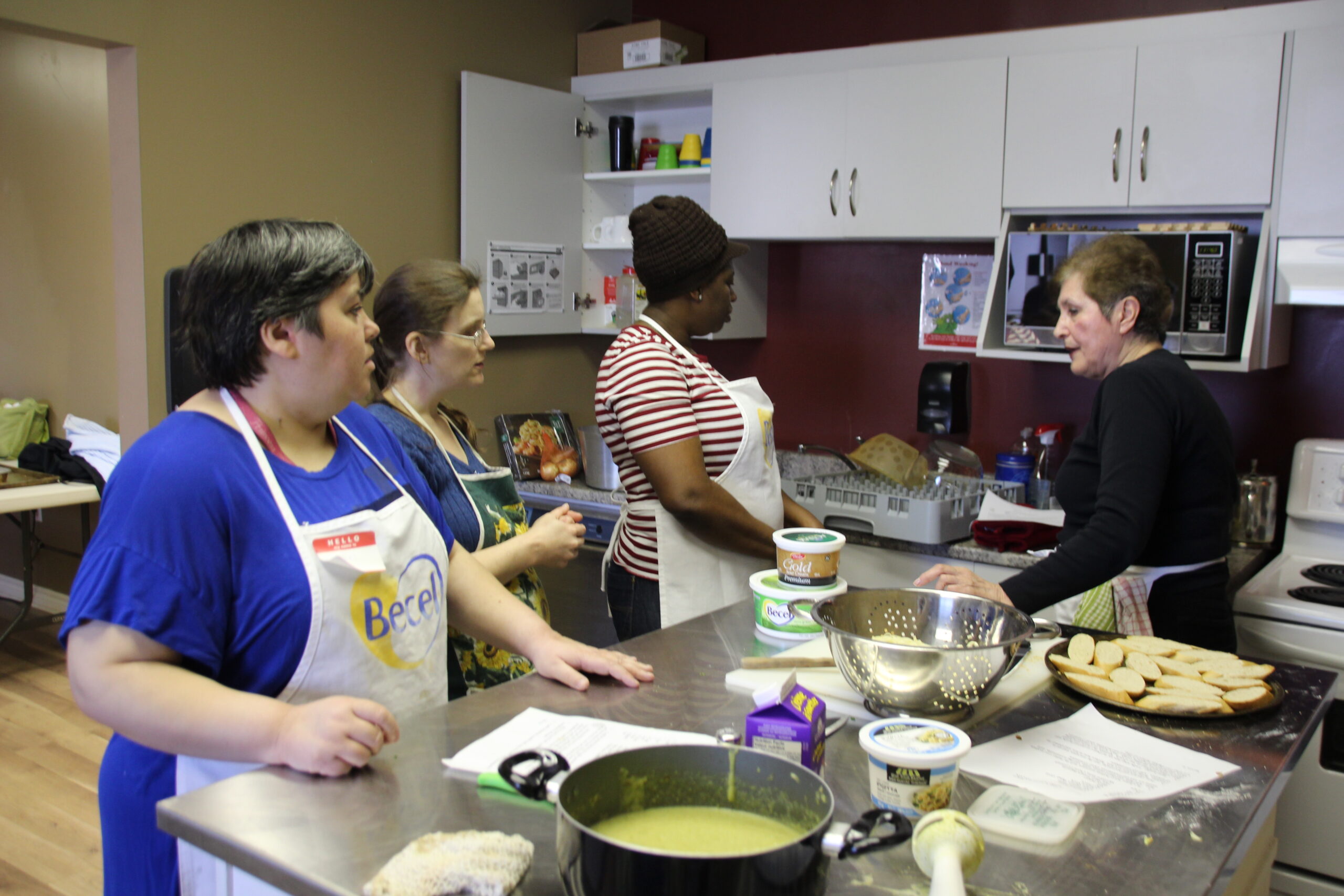Food bank usage increases as prices rise

If a trip to the grocery store seems expensive now, just wait, says CBC news. Since 81% of all vegetables and fruit consumed in Canada are imported, they are highly vulnerable to currency fluctuations and are expected to increase in price by up to 4.5 %.
“With significant increases in prices we are not only seeing more people asking for food, but a new and unexpected clientele,” says Kelly Currie, Community Services Coordinator for The Salvation Army in Dartmouth, N.S. “It’s the working people who are coming to our food bank―nurses, waitresses and receptionists―who use our services to keep other bills on track such as oil and power. It’s very sad out there.”
Currie goes on to say that another side effect of rising food costs is that donors, who once provided food items or monetary support, aren’t able to provide assistance like they used to because they are themselves trying to make ends meet.
“Due to the spike in food costs, The Salvation Army is re-evaluating programs and providing other options to help end hunger and promote good overall health,” says Currie. “A nutritionist is teaching parents how to “blanch” or “fast-freeze” frozen vegetables, which are lower in costs and have a higher concentration of nutrients. Our cooking class menu focuses on hearty, cost-effective meals such as bean soup and tuna pasta.”
Please contact your local Salvation Army location for more information.



